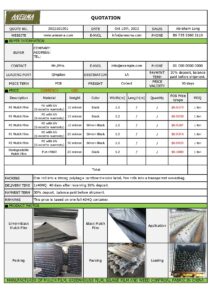When it comes to maintaining a weed-free garden or agricultural field, mulch film is a highly effective and practical solution. Mulch film not only helps in conserving moisture and improving soil temperature but also acts as a physical barrier that prevents weeds from growing and competing with your desired plants. In this article, we will provide you with a practical guide on how to effectively control weeds using mulch film.
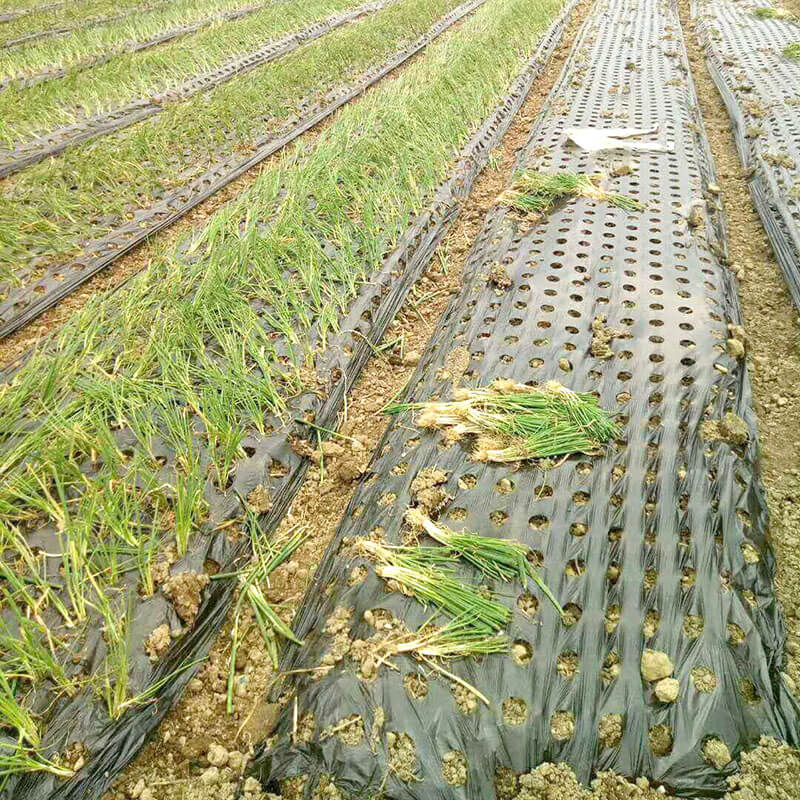
1. Understanding Mulch Film:
Mulch film is a plastic sheet that is placed on the soil surface around plants to create a protective barrier. It comes in various colors such as black, silver, and red, with black being the most commonly used. The color choice depends on the specific requirements of the crops being grown. Mulch film is typically made from low-density polyethylene (LDPE), which is durable, flexible, and provides excellent weed control.
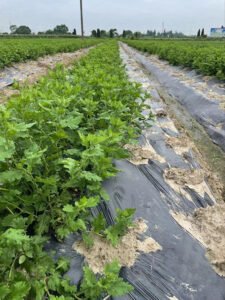
2. Preparing the Soil:
Before applying mulch film, it is crucial to prepare the soil properly. Start by removing any existing weeds and debris from the area. This can be done manually or with the help of a hoe or cultivator. Level the soil and ensure it is well-drained to avoid waterlogging issues. It is also recommended to add organic matter or compost to improve soil fertility and structure.
3. Choosing the Right Mulch Film:
Selecting the appropriate mulch film is essential for effective weed control. Black mulch film is widely used as it absorbs heat and helps in warming the soil, promoting early plant growth. Silver mulch film reflects light, deterring insects and reducing the risk of certain plant diseases. Red mulch film enhances fruit yield in certain crops. Consider your specific needs and consult with local experts or suppliers to determine the best mulch film for your crops.
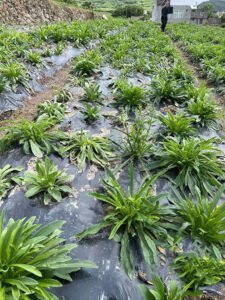
4. Applying Mulch Film:
Lay the mulch film over the prepared soil, ensuring it covers the entire area around your plants. Secure the edges of the film by burying them in the soil or using ground staples. Leave a small space around the plant stem to prevent moisture accumulation and potential rotting. It is essential to properly anchor the mulch film to prevent wind damage or displacement.
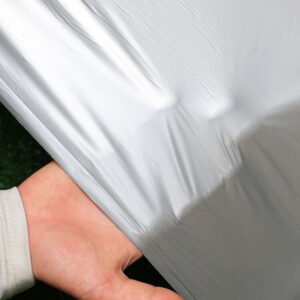
5. Mulch Film Maintenance:
Regular maintenance is crucial to ensure optimal weed control with mulch film. Inspect the film periodically for any tears or holes and repair them promptly. Weeds may occasionally sprout through the film, so manually remove them as soon as they appear. Irrigate your plants as needed, using drip irrigation or watering beneath the mulch film to avoid wetting the surface and promoting weed growth.
6. Removing Mulch Film:
At the end of the growing season or when the mulch film has served its purpose, it needs to be removed carefully. Roll up the film and dispose of it properly. Avoid leaving any remnants on the soil, as they can degrade over time and harm the environment.

In conclusion, weed control with mulch film is a practical and efficient method for maintaining a weed-free garden or agricultural field. By following the steps outlined in this guide, you can effectively suppress weed growth, conserve moisture, and improve overall crop health. Remember to choose the right mulch film, prepare the soil adequately, and regularly maintain the film to ensure its effectiveness. With proper implementation, mulch film can significantly contribute to the success of your gardening or farming endeavors.

